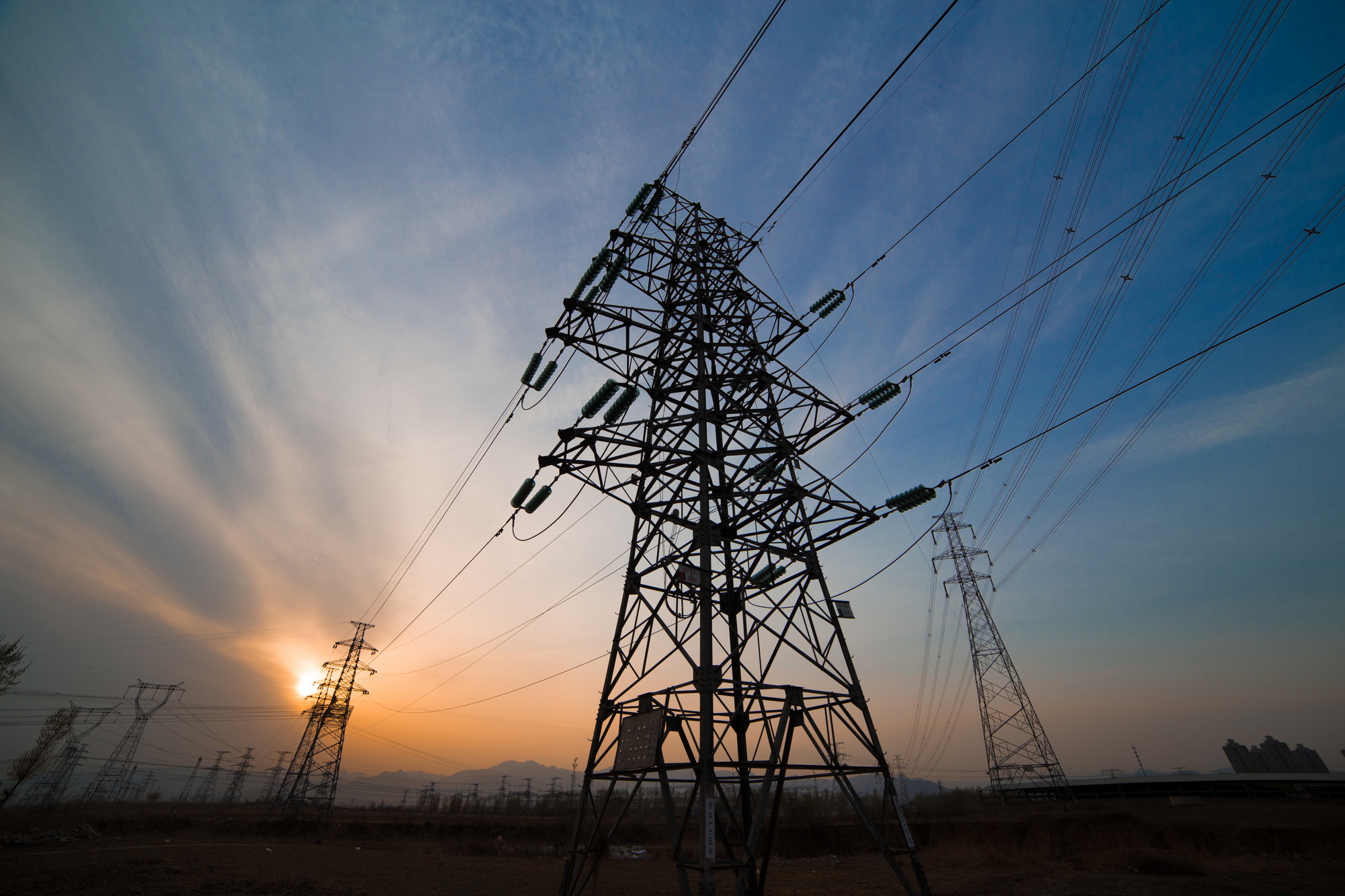Ukraine produced 5.2% more electricity in 2021 than in 2020, according to statistics published by the Energy Ministry on Jan. 11.
The increase was driven by a 38% increase in hydropower output, a 15% increase from renewables and a 13% increase from nuclear power plants.
However, electricity consumption increased by 5.7% from 2020. The gap between production and consumption increases meant that Ukraine’s exports of electricity to other countries declined by 26.5% in 2021.
Ukraine’s creaking energy infrastructure has been put under immense strain by this year's coal deficit. Some experts believe that poor planning and management led to shortages at the state-owned coal energy company Centrenergo. Meanwhile, coal giant DTEK, owned by Ukraine's richest man, oligarch Rinat Akhmetov, cut output and coal production earlier in the year, blaming low prices.
The situation was exacerbated by a blockade from Russia. On Nov. 1, Russia, which supplied 70% of Ukraine’s imported coal in 2020, stopped exporting thermal coal to Ukraine. Days later, it also began to block the passage of trains carrying coal from Kazakhstan to Ukraine.
As a result of the shortage, the share of electricity produced by coal-fired plants dropped from 36% in 2020 to 29% in 2021.
Even after the shortage, use of coal is expected to drop further as Ukraine seeks to meet EU carbon emissions targets. From 2026, the European Union plans to introduce a Carbon Border Adjustment Mechanism, a form of carbon tax on imports that will punish goods from countries with "dirty" energy sources.
Ukraine’s four nuclear power plants, whose reactors have an average age of 33 years, have picked up most of the slack. Nuclear energy generated over 55% of Ukraine’s electricity in 2021, compared to less than 52% in 2020.
In April 2021, state-owned nuclear power company Energoatom said that it believed the existing reactors, most of which are Soviet-built, can be kept running until they are 60 years old.
According to the Energy Strategy for Ukraine for 2035, a set of targets approved by the government of former Prime Minister Volodymyr Groysman in 2017, the share of coal power in Ukraine’s electricity mix is projected to drop more than fivefold over the next 14 years, while the nuclear share is expected to grow by 10%.
The plan also projected a near-tripling of renewable energy output between 2020 and 2035. Production by green energy sources increased in 2021 despite a running two-year battle between producers and the government over delayed or missing payments, which has deterred new foreign investment into the sector.
The state was able to repay most of its green energy debts for 2020 after auctioning $825 million in Eurobonds in October 2021. However, it suffered another renewables PR disaster when it allegedly tried to stop debt repayments from going through to the accounts of DTEK, amid a feud between President Volodymyr Zelensky and Akhmetov.













